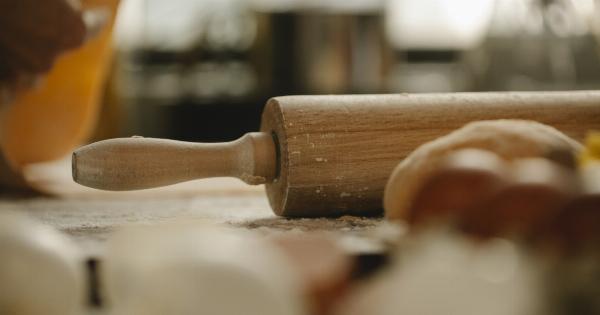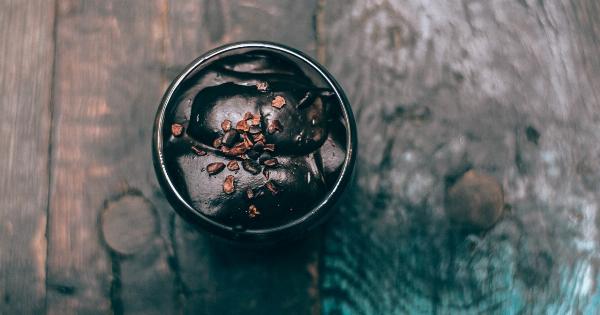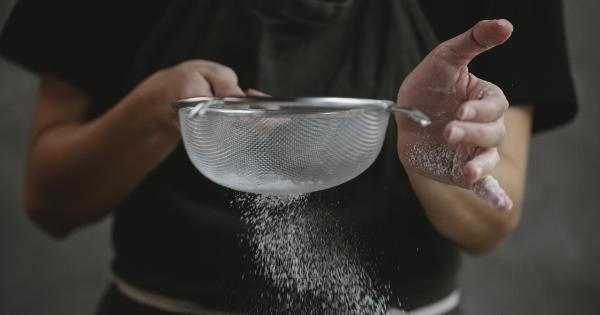After spending a day under the scorching sun, our skin often needs some extra care and hydration to rejuvenate and recover from the harmful effects of UV rays.
While sunscreen is crucial during sun exposure, an after-sun spray can provide the much-needed relief and nourishment for your skin. In this article, we will guide you on how to create an effortless after-sun spray that will soothe and replenish your skin.
Why is After-Sun Care Important?
After-sun care is essential because prolonged sun exposure can cause damage to our skin cells. UV rays can penetrate deep into the skin, leading to sunburn, inflammation, and in severe cases, even skin cancer.
Additionally, the sun can strip the skin of its natural oils, leaving it dehydrated and vulnerable. After-sun products are designed to support the skin’s recovery process and provide instant relief from discomfort.
Ingredients for an Effortless After-Sun Spray
Creating your own after-sun spray is not only cost-effective but also ensures that you have control over the ingredients you are applying to your skin. Here are some key ingredients that you can include in your DIY after-sun spray:.
1. Aloe Vera Gel
Aloe vera gel is a well-known natural remedy for soothing sunburns. It has anti-inflammatory properties that help reduce redness and irritation. Aloe vera also moisturizes the skin, promoting faster healing.
2. Distilled Water
Distilled water serves as the base for your spray. It is essential to use distilled water to avoid any impurities that may irritate your skin further.
3. Witch Hazel
Witch hazel is a natural astringent that can help calm sun-damaged skin. It has anti-inflammatory properties that can reduce swelling and provide relief from itching or stinging sensations.
4. Lavender Essential Oil
Lavender essential oil not only has a pleasant fragrance but also offers benefits for sun-exposed skin. It has soothing properties that can ease sunburn discomfort and promote relaxation.
5. Vitamin E Oil
Vitamin E oil is known for its antioxidant properties, which can help neutralize free radicals caused by sun exposure. It also aids in moisturizing and repairing damaged skin.
6. Peppermint Essential Oil
Peppermint essential oil provides a refreshing and cooling sensation, making it ideal for after-sun care. It can relieve itching, reduce inflammation, and leave your skin feeling revitalized.
7. Chamomile Tea
Chamomile tea has anti-inflammatory and antioxidant properties, which can help calm and heal sun-damaged skin. Using chamomile tea as one of the ingredients in your spray can provide extra soothing benefits.
Instructions for Creating the After-Sun Spray
Now that you know the essential ingredients, let’s learn how to make your own effortless after-sun spray:.
Step 1: Brew Chamomile Tea
Start by brewing a cup of chamomile tea. Allow it to steep for a few minutes and then let it cool down to room temperature. You can strain the tea leaves or use a tea bag to make the process easier.
Step 2: Mixing the Ingredients
In a clean spray bottle, combine 1/4 cup of aloe vera gel, 1/4 cup of witch hazel, 10-15 drops of lavender essential oil, 5 drops of peppermint essential oil, 1 tablespoon of vitamin E oil, and 1/2 cup of the brewed and cooled chamomile tea.
Shake the bottle gently to mix all the ingredients thoroughly.
Step 3: Final Touches
Check the spray bottle for any lumps or clumps. If you notice any, keep shaking the bottle until the mixture becomes smooth. Your after-sun spray is now ready to use!.
Applying the After-Sun Spray
After a day spent under the sun, follow these steps to apply the after-sun spray effectively:.
1. Cleanse the Skin
Start by cleansing your skin gently with a mild cleanser. This will remove any residual sunscreen, sweat, or dirt from the surface, allowing the after-sun spray to penetrate more effectively.
2. Shake the Spray Bottle
Give the spray bottle a good shake to ensure that all the ingredients are well mixed.
3. Spray and Gently Massage
Spray a generous amount of the after-sun spray onto the sun-exposed areas of your skin. Using your fingertips, gently massage the spray into your skin until it is fully absorbed. This will help soothe the skin and promote better circulation.
4. Repeat as Needed
If your skin still feels dry or irritated, you can reapply the after-sun spray as needed throughout the day. Remember to shake the bottle before each use to ensure the ingredients are evenly distributed.
Tips for Sunburn Relief
In addition to using the after-sun spray, here are some tips to help relieve sunburn:.
1. Cool Compresses
Gently apply cool compresses to the affected areas to help reduce inflammation and discomfort. You can use a clean towel soaked in cold water or even chilled chamomile tea for added soothing benefits.
2. Hydrate From Within
Drink plenty of water to keep your body hydrated from the inside out. Sunburn can dehydrate the body, so replenishing fluids is crucial for faster recovery.
3. Avoid Picking or Peeling
Resist the urge to pick or peel your skin, as this can delay the healing process and increase the risk of infection.
4. Wear Loose Clothing
Opt for loose, breathable clothing that doesn’t rub against your sunburned skin. Tight clothing can irritate the area and cause further discomfort.
Conclusion
An effortless after-sun spray can provide the much-needed relief and hydration your skin craves after prolonged sun exposure.
By utilizing natural ingredients like aloe vera gel, witch hazel, and essential oils, you can create a soothing and rejuvenating spray at home. Follow the instructions provided in this article to make your own after-sun spray and incorporate it into your post-sun skincare routine for healthier, happier skin.





























